

Articles
How To Store Microfiber Cloths
Modified: January 5, 2024
Learn the best storage methods for microfiber cloths and keep your articles in top condition. Find out how to properly store and maintain your microfiber cloths for long-lasting use.
(Many of the links in this article redirect to a specific reviewed product. Your purchase of these products through affiliate links helps to generate commission for Storables.com, at no extra cost. Learn more)
Introduction
Microfiber cloths have become incredibly popular due to their versatility and effectiveness in cleaning various surfaces. They are commonly used to clean windows, mirrors, countertops, and even electronic devices. However, many people overlook the importance of proper storage for microfiber cloths, which can significantly impact their durability and performance.
In this article, we will explore the essential tips and techniques for storing microfiber cloths to ensure longevity and maintain their cleaning efficiency. We will discuss the importance of proper storage, choosing the right storage solution, cleaning the cloths before storage, proper folding techniques, creating a clean and dry environment, and avoiding common mistakes during the storage process.
By following these guidelines, you can extend the lifespan of your microfiber cloths and continue to enjoy their excellent cleaning capabilities for years to come.
Key Takeaways:
- Proper storage is crucial for maintaining microfiber cloths’ cleaning performance, preventing cross-contamination, extending their lifespan, and saving money on frequent replacements.
- Choosing the right storage solution, cleaning before storage, proper folding, and creating a clean, dry environment are essential for preserving microfiber cloths’ quality and effectiveness.
Importance of Proper Storage for Microfiber Cloths
Proper storage for microfiber cloths is essential to maintain their quality and effectiveness. Here are a few reasons why it is important to store microfiber cloths correctly:
- Preserves Cleaning Performance: Microfiber cloths are designed to attract and trap dust, dirt, and debris. However, improper storage can cause the cloth to become contaminated with other substances, reducing its cleaning effectiveness.
- Prevents Cross-Contamination: Microfiber cloths can be used for different cleaning tasks, such as wiping windows and cleaning kitchen surfaces. Proper storage helps prevent cross-contamination between different areas of the house, ensuring hygienic cleaning.
- Extends Lifespan: Microfiber cloths are made from delicate fibers that can easily become damaged if not stored correctly. With proper storage, you can protect the fabric from unnecessary wear and tear, prolonging the cloths’ lifespan.
- Saves Money: Frequently replacing microfiber cloths can become costly. By storing them properly, you can maintain their quality and avoid the need for frequent replacements.
Overall, proper storage for microfiber cloths is crucial for maintaining their pristine condition, cleaning efficiency, and longevity.
Choosing the Right Storage Solution
When it comes to storing microfiber cloths, selecting the appropriate storage solution can make a significant difference in preserving their quality. Here are a few factors to consider when choosing the right storage solution:
- Breathability: Opt for a storage solution that allows the microfiber cloths to breathe. Avoid airtight containers or plastic bags that can trap moisture and lead to mildew or odors.
- Cleanliness: Ensure that the storage solution is clean and free from any dirt, dust, or contaminants. Avoid storing microfiber cloths in areas where they may come into contact with chemicals or strong odors.
- Size and Accessibility: Choose a storage solution that is spacious enough to accommodate the size of your microfiber cloths without overcrowding. Additionally, consider accessibility, as it should be easy to retrieve and store the cloths without causing any damage.
- Hanging or Folding: Decide whether you prefer to hang your microfiber cloths or fold them. Hanging can help prevent creasing, but ensure that the storage solution has hooks or hangers specifically designed for this purpose. Folding is a space-saving option and can be done neatly to prevent any wrinkles.
- Separation and Organization: Consider using separate compartments or dividers within the storage solution to keep different types of microfiber cloths or those used for specific areas separate and organized.
Depending on personal preference, you may choose to store microfiber cloths in labeled bins, hanging organizers, drawers, or shelves. The key is to select a storage solution that meets your needs while maintaining cleanliness and usability of the cloths.
Cleaning Microfiber Cloths Before Storage
Before storing your microfiber cloths, it’s crucial to clean them properly to remove any dirt, debris, or cleaning product residue. This ensures that the cloths are ready for future use and prevents any potential contamination during storage. Here are some steps to follow for cleaning microfiber cloths:
- Washing: Start by washing the microfiber cloths in a washing machine. Use a mild detergent and set the machine to a gentle cycle with warm water. Avoid using bleach or fabric softener, as they can damage the delicate fibers of the cloths.
- Drying: After washing, air drying is the best option for microfiber cloths. Hang them up or lay them flat in a well-ventilated area, away from direct sunlight. Avoid using a dryer, as the high heat can damage the fibers and reduce the cloths’ effectiveness.
- Inspecting: Once dry, inspect the microfiber cloths for any remaining stains or residue. If necessary, spot clean the affected areas using a mixture of mild detergent and warm water. Gently scrub the stained area, then rinse and air dry again.
By thoroughly cleaning and ensuring that the microfiber cloths are free from any dirt or cleaning product residue, you can store them with confidence, knowing they are ready for use when needed.
To store microfiber cloths, make sure they are completely dry before folding and storing them in a clean, dry place. Avoid storing them with other materials that may transfer lint or debris onto the cloths.
Proper Folding Techniques for Microfiber Cloths
Properly folding your microfiber cloths before storing them not only saves space but also helps maintain their shape and prevent creases. Here are some folding techniques to consider:
- Flat Fold: Lay the microfiber cloth flat on a clean surface. Fold it in half horizontally, with the edges aligned. Then, fold it in half vertically. Continue folding in half until you achieve a small, neat square or rectangle shape.
- Triangle Fold: Start by folding the microfiber cloth diagonally in half to form a triangle. Fold the bottom of the triangle up towards the center, then fold the top of the triangle down over the bottom fold. Repeat this folding technique to create a compact, triangular shape.
- Rolling: Lay the microfiber cloth flat on a clean surface. Begin rolling it tightly, starting from one edge and moving towards the opposite edge. Once rolled, secure it with a rubber band or wrap a clean elastic band around the cloth to keep it in place.
Choose the folding technique that works best for your storage space and preferences. Whichever method you choose, make sure to fold the microfiber cloths neatly and avoid any wrinkles or uneven edges. This will help save space and keep the cloths in good condition for longer periods.
Read more: How To Store Microfiber Towels
Storing Microfiber Cloths in a Clean and Dry Environment
Creating a clean and dry environment for storing microfiber cloths is crucial in ensuring their longevity and maintaining their cleaning effectiveness. Here are some tips to keep in mind:
- Clean Storage Area: Before storing your microfiber cloths, make sure the storage area is clean and free from dust, dirt, and other contaminants. Wipe down surfaces and shelves with a damp cloth to remove any debris.
- Dry Storage Area: Moisture can promote the growth of mold and mildew, which can damage microfiber cloths. Choose a storage area that is dry and well-ventilated, and avoid storing the cloths in damp basements or areas prone to humidity.
- Avoid Direct Sunlight: Prolonged exposure to direct sunlight can fade the colors of microfiber cloths and weaken the fibers. Store them in a location away from windows or use storage solutions that provide protection from UV rays.
- Avoid Chemical Exposure: Keep microfiber cloths away from direct contact with bleach, fabric softeners, and harsh cleaning chemicals. These substances can damage the fibers and reduce the cloths’ effectiveness.
- Avoid Stacking: If storing multiple microfiber cloths, avoid stacking them tightly on top of each other. This can cause unnecessary pressure, leading to creases or deformation. Instead, use individual compartments or dividers to keep them separated and organized.
By following these guidelines, you can ensure that your microfiber cloths are stored in an environment that minimizes the risk of damage and maintains their optimal cleaning performance.
Avoiding Common Mistakes in Microfiber Cloth Storage
When it comes to storing microfiber cloths, there are some common mistakes that people often make, unknowingly compromising the quality and effectiveness of the cloths. Here are some mistakes to avoid:
- Storing Dirty Cloths: One of the biggest mistakes is storing dirty microfiber cloths. Make sure to clean and thoroughly dry the cloths before storing them to prevent any dirt, debris, or cleaning product residue from accumulating and affecting their performance.
- Using Airtight Containers: Airtight containers, such as plastic bags or sealed bins, may seem like a good option for storage, but they can trap moisture and lead to mold or mildew growth. Instead, choose breathable storage solutions that allow air circulation.
- Storing with Harsh Materials: Avoid storing microfiber cloths with rough or abrasive objects, as they can cause snags, tears, or pilling. Keep them separate from items like keys, zippers, or Velcro to prevent any damage.
- Ignoring Folding Techniques: Incorrect folding or crumpling of microfiber cloths can lead to wrinkles and creases, affecting their appearance and cleaning performance. Take the time to properly fold or roll your cloths using the appropriate techniques mentioned earlier.
- Overcrowding: Overcrowding your storage space can put unnecessary pressure on the microfiber cloths, leading to deformation or damage. Ensure that there is enough space for each cloth to be stored without being compressed or crushed.
- Not Checking for Contaminants: Before using stored microfiber cloths, always check for any contaminants or foreign particles that may have settled on them. Inspecting and shaking off any loose debris will help avoid transferring dirt or dust onto the surfaces you are cleaning.
By avoiding these common mistakes, you can maintain the quality and effectiveness of your microfiber cloths and ensure they are always ready for use.
Conclusion
Proper storage for microfiber cloths is essential to maintain their quality, cleaning performance, and longevity. By following the tips and techniques discussed in this article, you can ensure that your microfiber cloths remain in optimal condition for an extended period.
Start by choosing the right storage solution that provides breathability, cleanliness, and accessibility for your cloths. Clean the microfiber cloths thoroughly before storage to remove any dirt or residue, and employ proper folding techniques to prevent creases and wrinkles.
Create a clean and dry environment for storing microfiber cloths to protect them from contaminants and moisture. Avoid common mistakes such as storing dirty cloths, using airtight containers, or overcrowding the storage space.
By taking these steps, you can prolong the lifespan of your microfiber cloths, maintain their cleaning efficiency, and save money in the long run. With proper storage, your microfiber cloths will continue to be your reliable allies in keeping your home or workspace clean and pristine.
Remember, the key is to prioritize cleanliness, breathability, and gentle handling when storing microfiber cloths. By doing so, you can ensure that they are ready for use whenever you need them, delivering exceptional cleaning performance time after time.
Frequently Asked Questions about How To Store Microfiber Cloths
Was this page helpful?
At Storables.com, we guarantee accurate and reliable information. Our content, validated by Expert Board Contributors, is crafted following stringent Editorial Policies. We're committed to providing you with well-researched, expert-backed insights for all your informational needs.

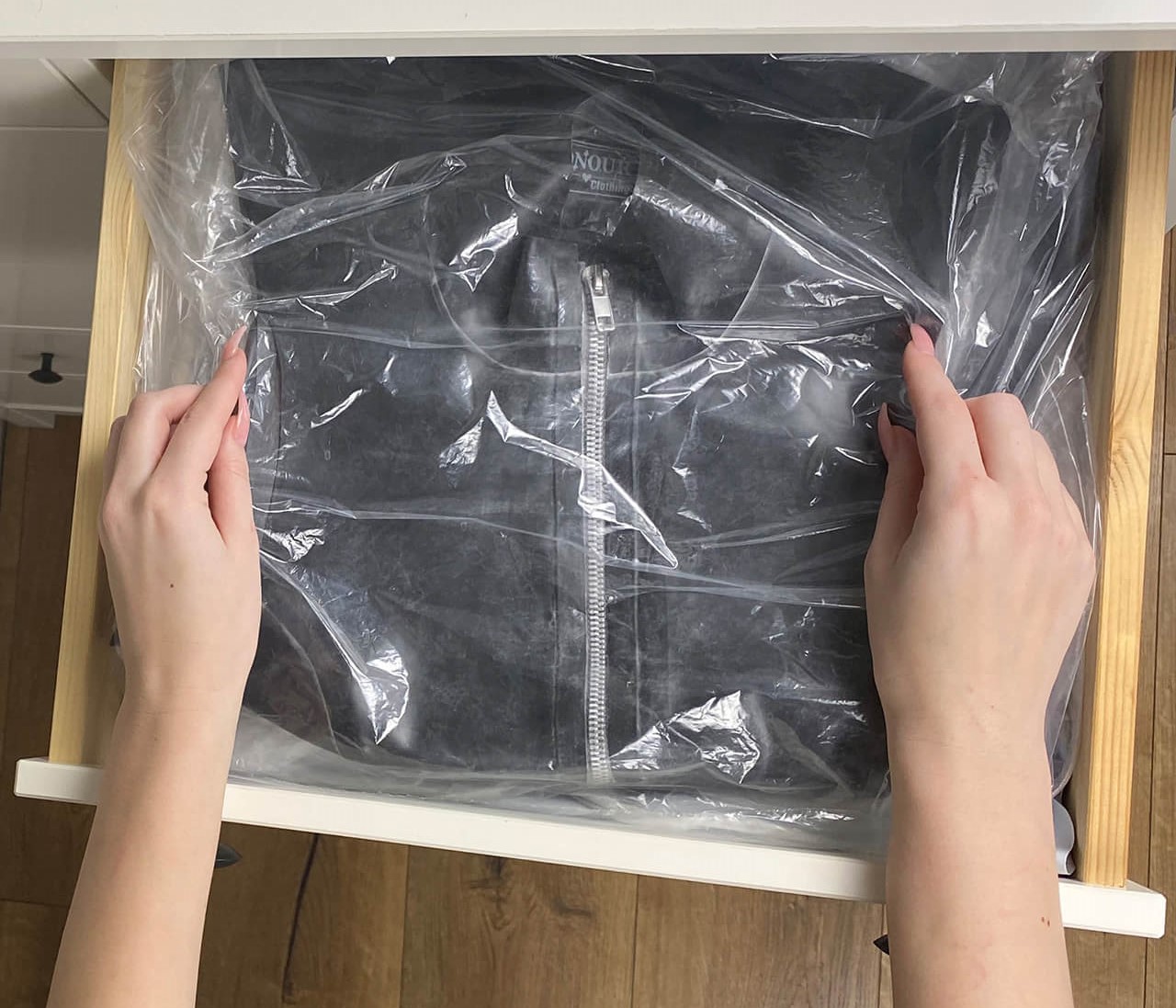
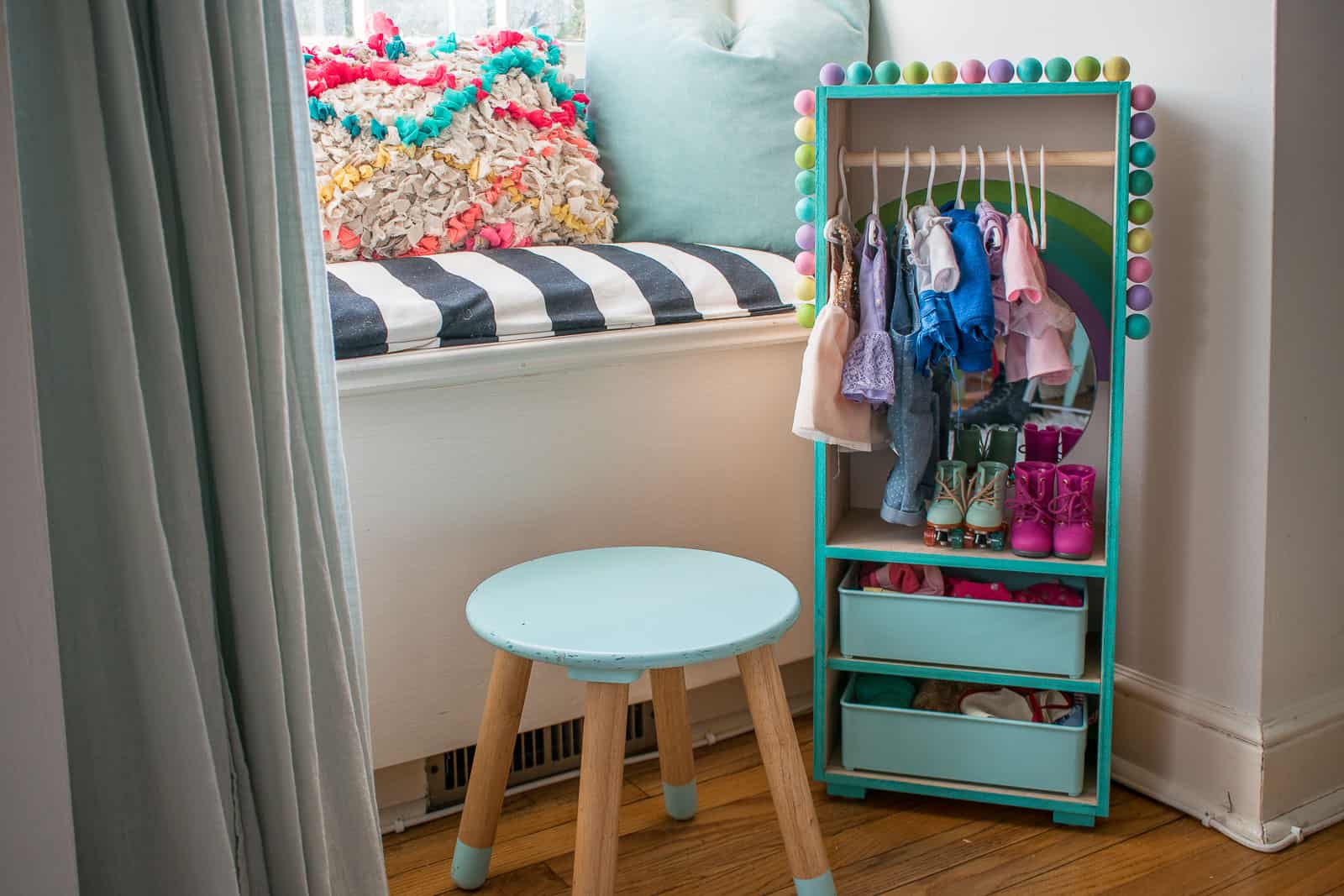




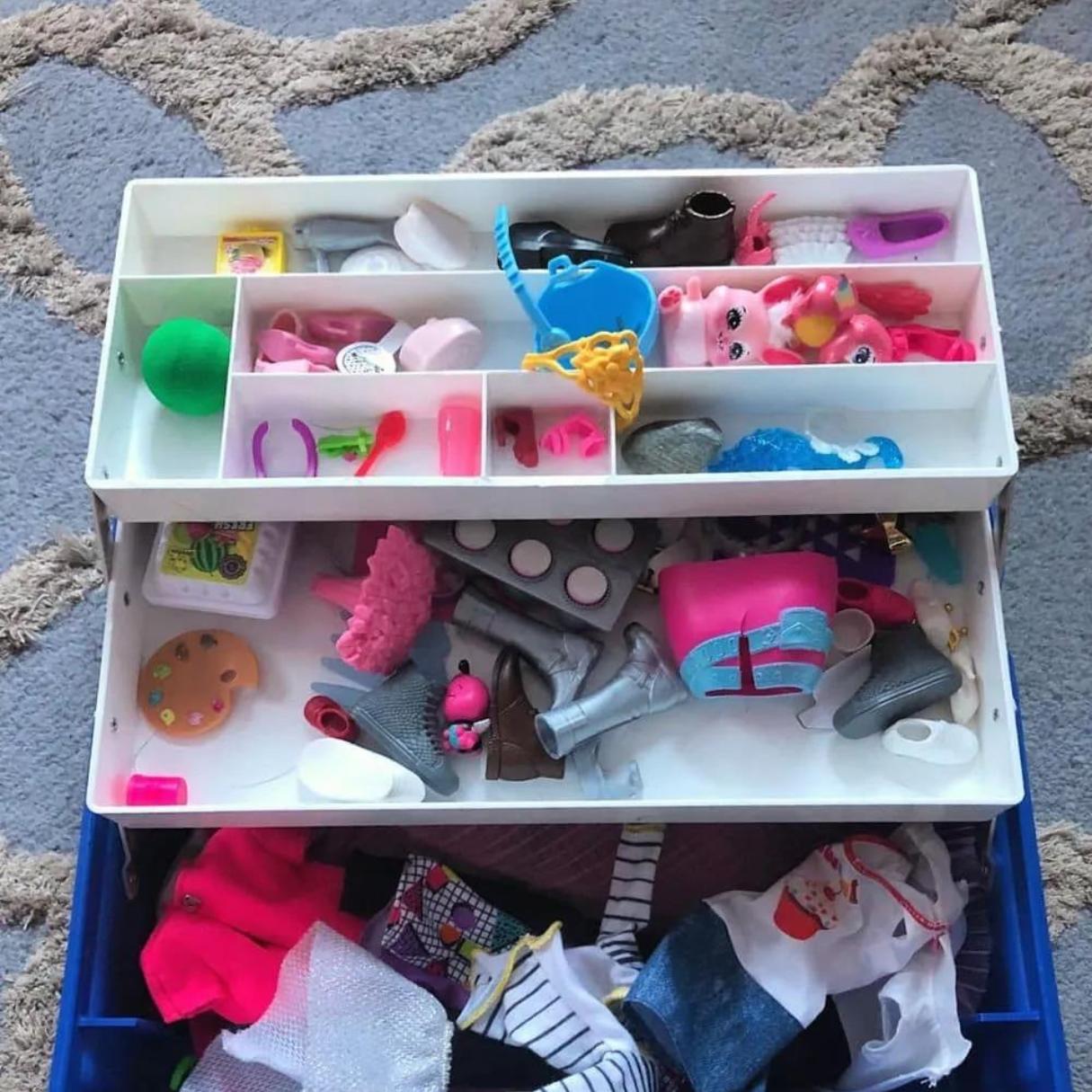

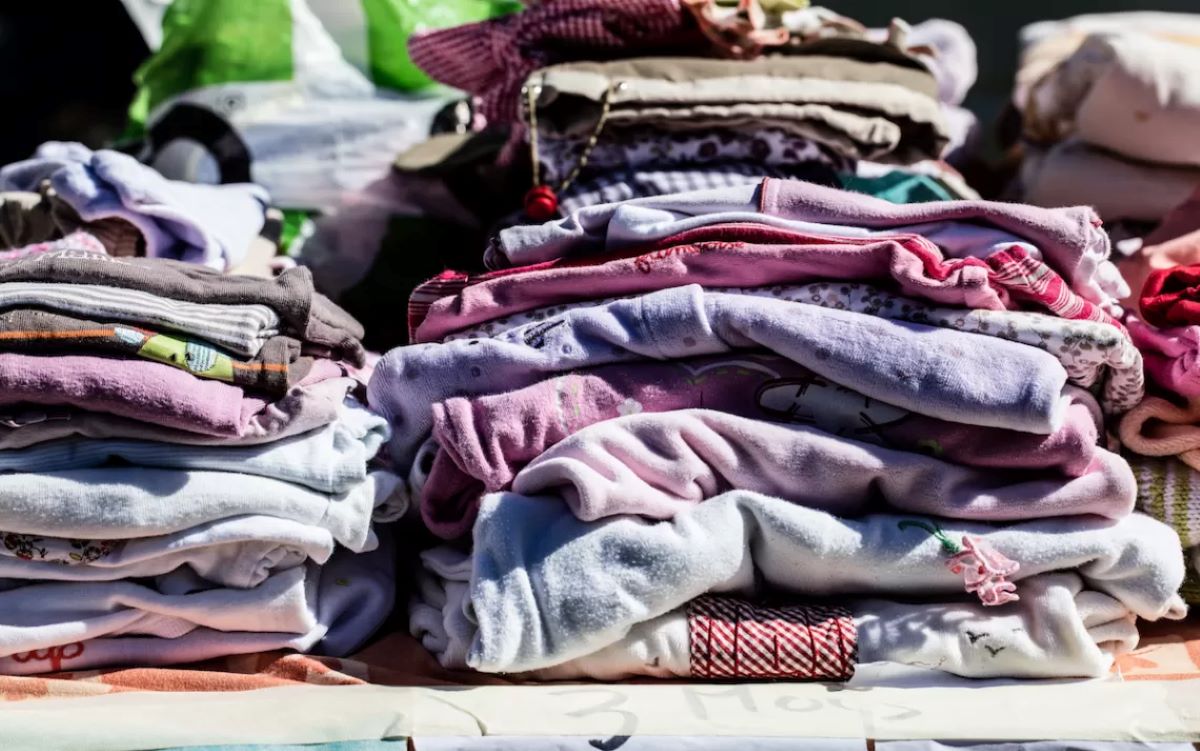

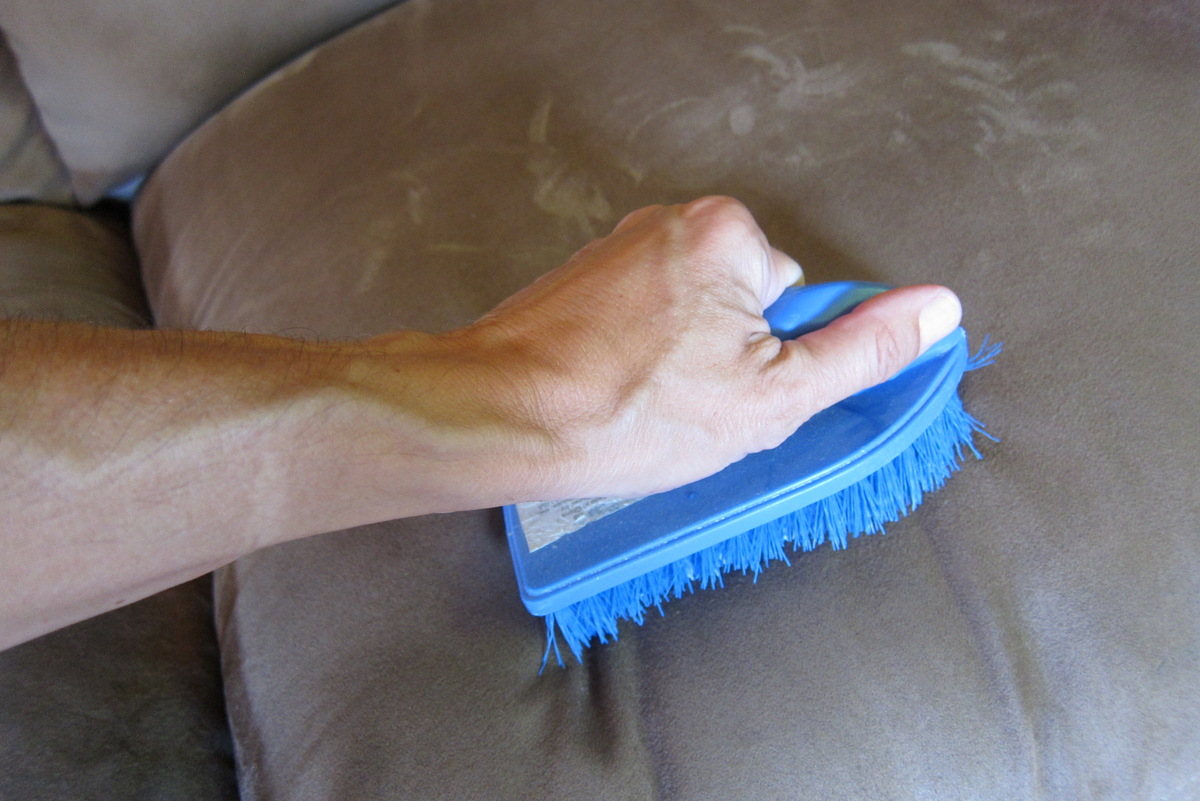
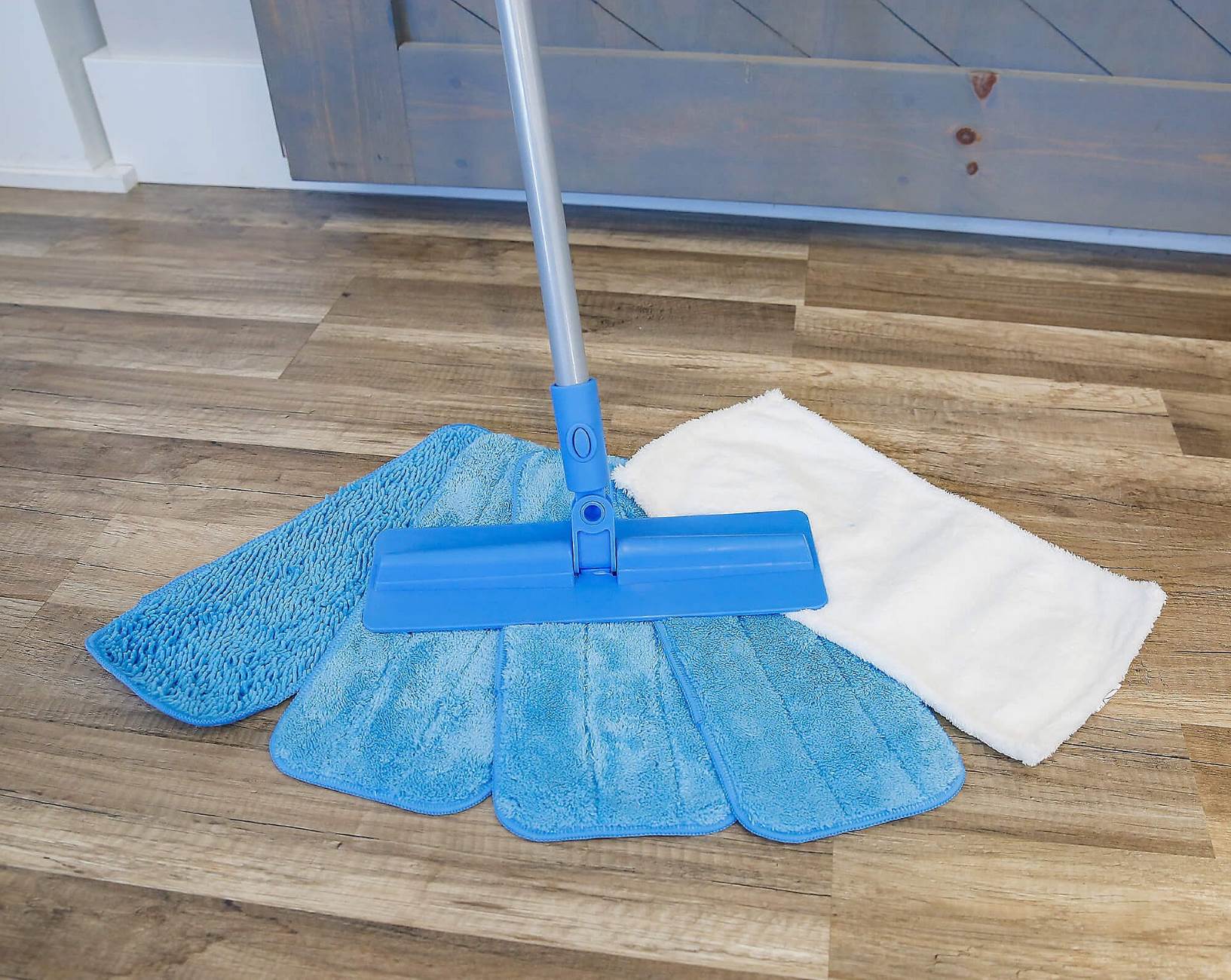


0 thoughts on “How To Store Microfiber Cloths”